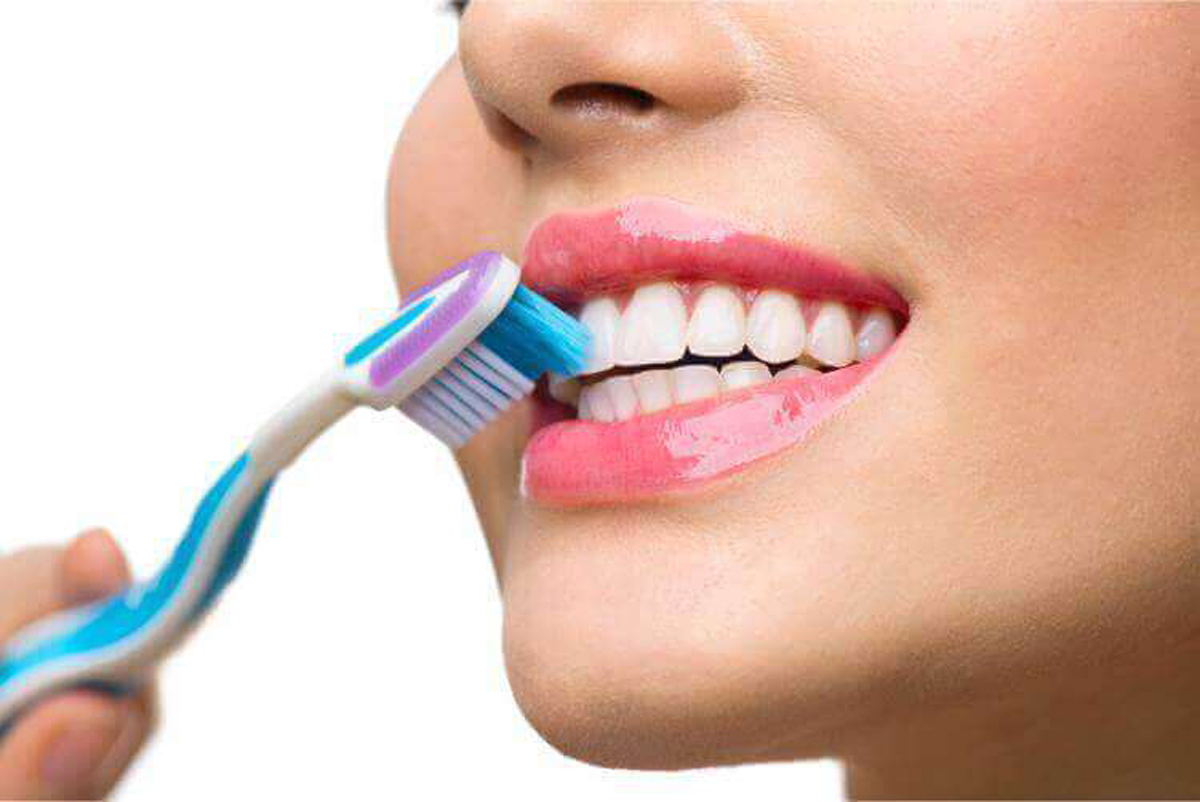Dr. Vanya Vasudeva
As we all know, there are varieties of toothbrushes in market and your dentist suggest you to brush your teeth twice a day. But which toothbrush is best: extra soft, soft or hard toothbrush.
Toothbrushes have come a long way from the twigs we used to get food out of our teeth and now there are more options than ever. When it comes to your standard manual toothbrush, you have a variety of bristle types from extra soft to hard. Each bristle type has its own pros and cons so I am going to break those down and make some recommendations for you. Keep in mind that the type of bristles that are right for you can change because it depends on your needs and any issues you might be suffering.
Extra Soft
Extra soft toothbrushes have become less common in the drug stores but they do still exist under different names. These toothbrushes are also known as “periodontal toothbrushes” and “sulcus toothbrushes.” They’re helpful for people with gingivitis, gum disease, receding gums, bleeding gums, and periodontitis because they are more gentle. An extra soft toothbrush might be right for you if you have sensitive gums or oral health issues that require a more gentle touch. If you’re dealing with any of these issues, ask your dentist for recommendations on brushing technique to get the most out of an extra soft brush without creating any additional discomfort or pain.
Soft
It may seem counterintuitive but a soft toothbrush can get your teeth just as clean as toothbrushes with harder bristles. It isn’t just the brush you choose that impacts your results, it’s also your brushing technique. To clean teeth and gums most effectively, angle your toothbrush bristles toward the gum line, and use gentle, circular, massaging strokes to remove Tatar. You do not need intense pressure to remove Tatar, bacteria, and food, in fact, you should only be using gentle pressure to do this. Studies have shown that soft toothbrushes do just as good of a job cleaning your teeth as medium toothbrushes and they do less damage. For that reason, most dentists recommend choosing a toothbrush with soft bristles over one that is hard, or even medium. If you have sensitive gums, sensitive teeth and signs of enamel (upper white layer of teeth) erosion, your dentist recommends soft brush.
Medium
Medium brushes get very similar results to soft brushes but they do more damage to your gums so they’re rarely recommended by dentist.
Hard
Evidence suggests that very few of us should be using hard toothbrushes. Their firm bristles can wear away at the enamel(upper white layer of teeth) and can also do damage to your gums, causing your gum line to recede. Although some people claim to prefer using firm bristles, the fact that they are more likely to wear away your teeth’s enamel and your gums means they are generally not the best option. Hard bristles do remove slightly more Tatar than soft bristles but not enough to justify the damage that they do in the process. Even though dentists and toothbrush manufacturers have recommended soft toothbrushes to all of us for years. A soft toothbrush may take a little time to get used to but it is much better for your oral health in the long run.
Kids Toothbrushes
Choosing a toothbrush for your child can be daunting when there are so many options. Kids toothbrushes vary in size and shape depending on need and ability, both of which change as they grow. Following a few simple guidelines can help you choose a toothbrush that cleans your child’s teeth effectively and encourages good dental care habits in the process.
Children’s Toothbrushes
No matter their age, your children’s toothbrush should fit comfortably in their mouths and be easy to hold and manipulate. Choose a toothbrush with soft bristles that are made of a round-ended or “polished” material. These types of brush heads clean kids’ teeth well but aren’t rough on their gums. It’s also important that your children’s toothbrush appeals to their tastes so that it’s fun using it every day and night.
Babies and Toddlers
Although many parents stick with a cloth or gauze, you can start using a gentle toothbrush with your baby even before he has any teeth. Toothbrushes for babies come in bright colors and have very small heads designed to fit inside your baby’s mouth. Brushing your baby’s mouth keeps his gums clean and helps acclimate him to a twice-daily toothbrushing routine. By the age of two, your toddler is likely to want to participate in tooth brushing time. Toddler toothbrushes have small heads and large handles with soft grips that are easy for small hands to hold. At this age, your tot hasn’t yet developed the control to brush his own teeth effectively, but he can take a turn before or after Mom or dad.
When to replace your toothbrush: When the bristles fray and no longer stand up straight – or after three months, whichever comes first – it’s time to buy a new toothbrush. Children’s toothbrushes often need replacing more frequently than adults.
Trending Now
E-Paper


